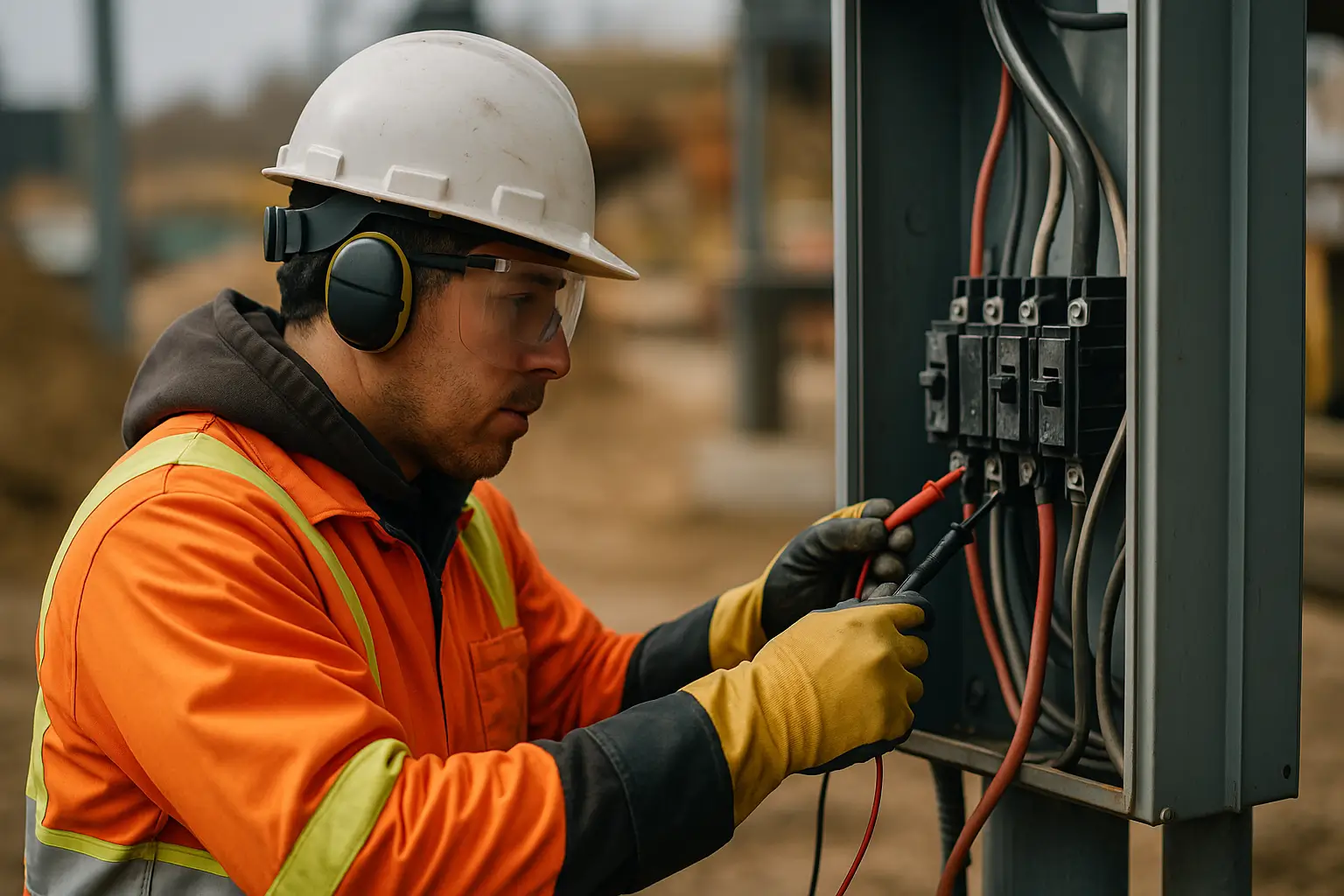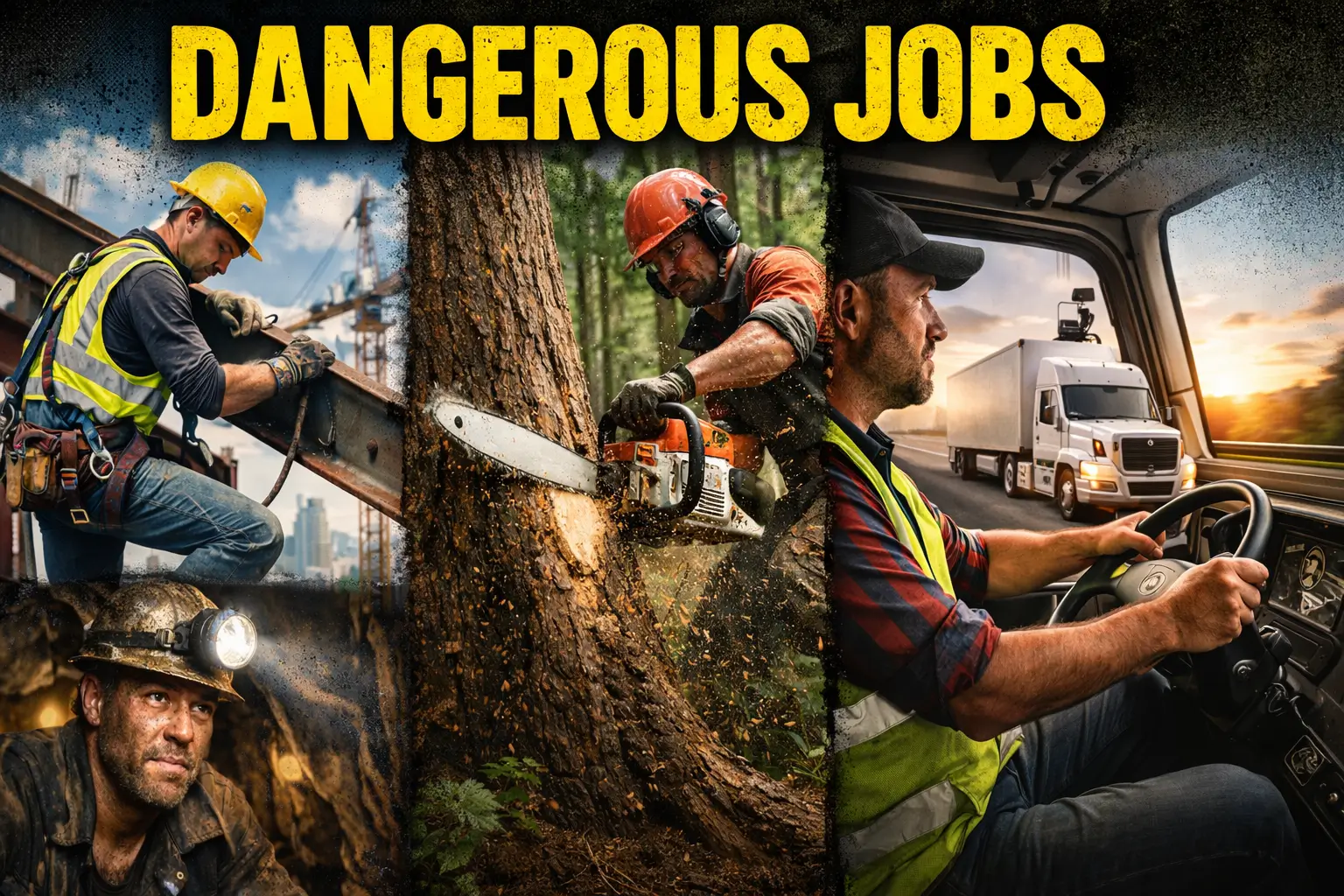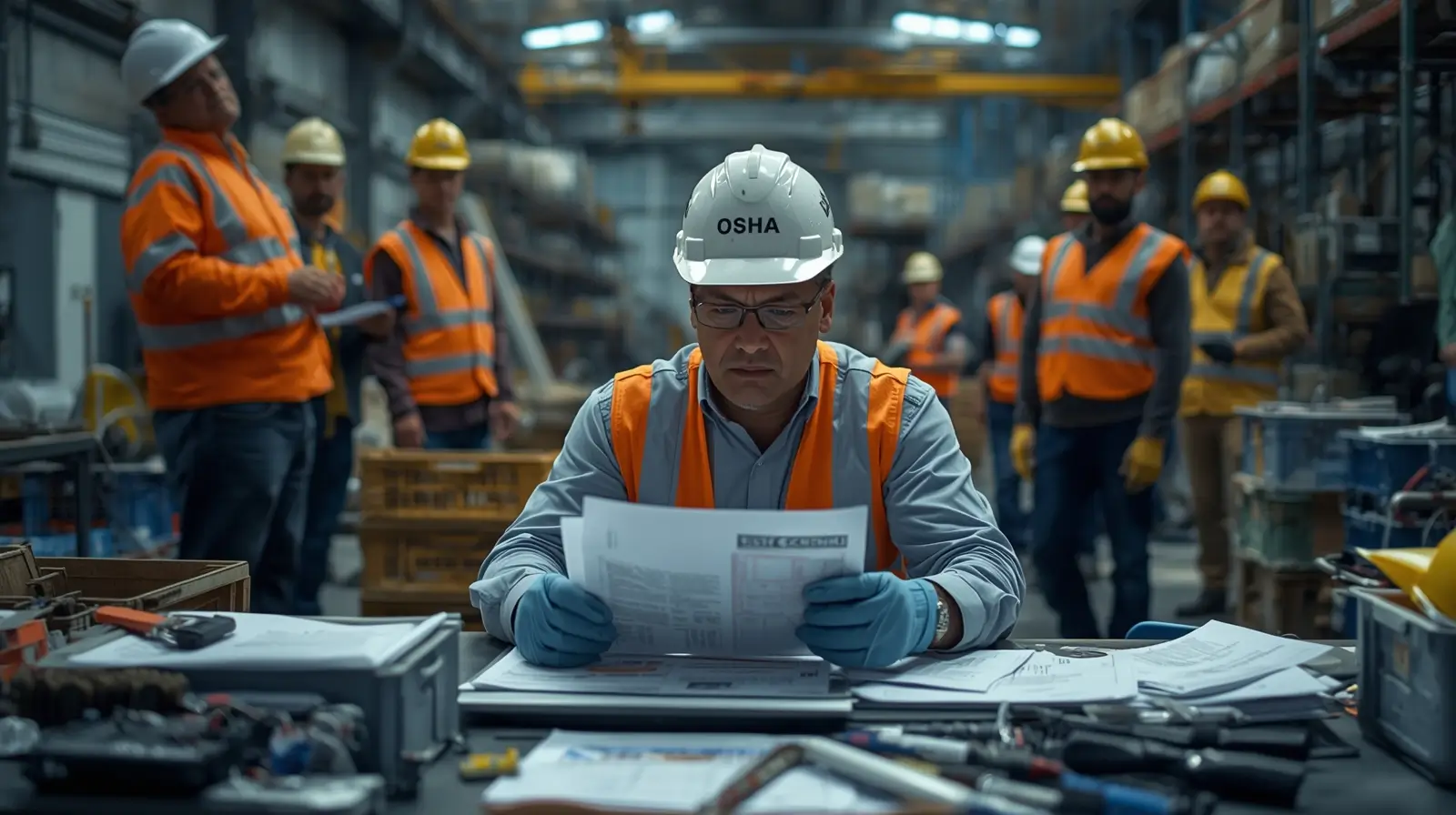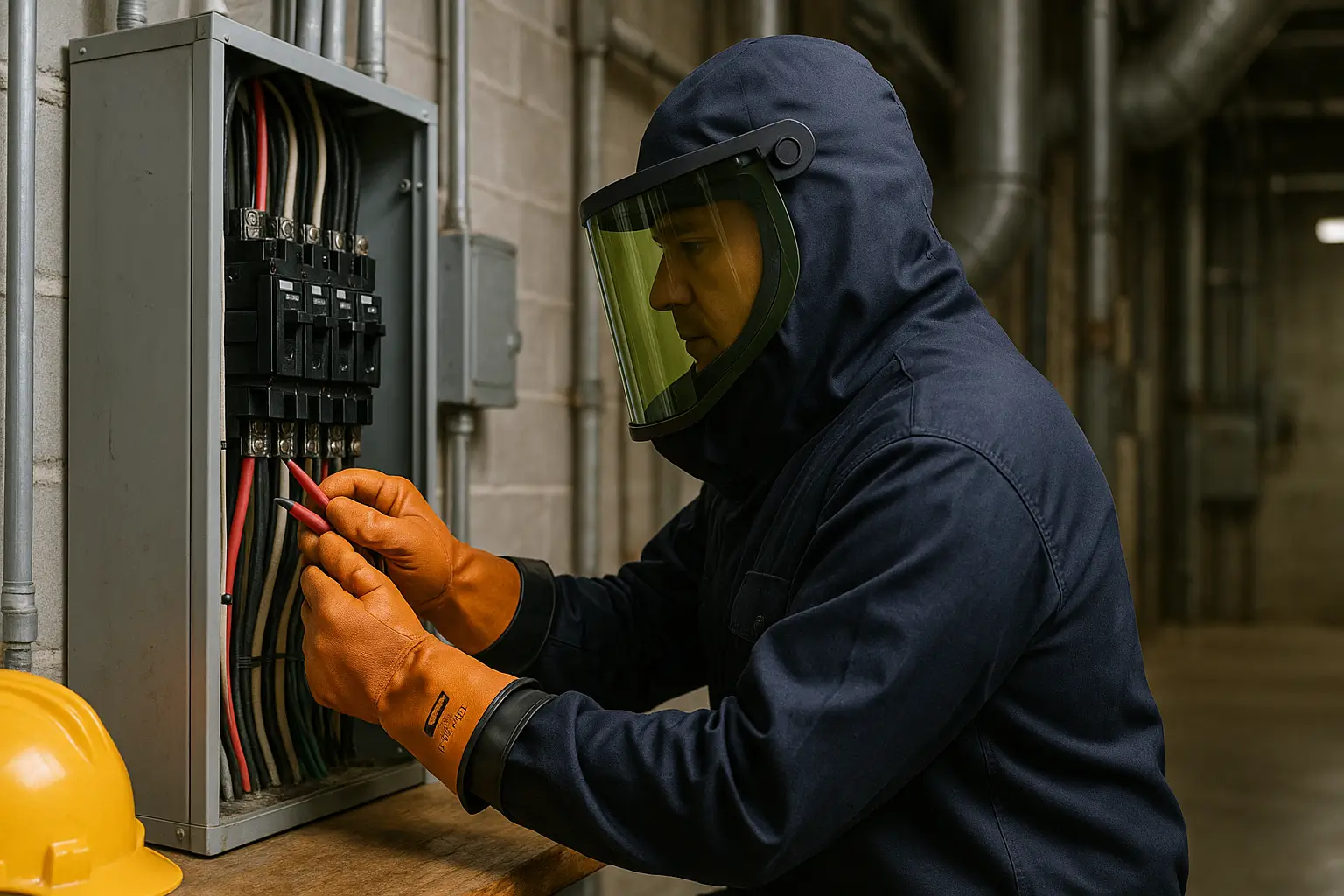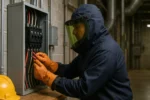Electricity is essential on every construction site, but it can turn deadly in seconds when handled carelessly.
According to the U.S. Bureau of Labor Statistics, electrical incidents cause over 150 worker deaths annually, with construction accounting for more than half of these tragedies.
The reality is stark, but the solution is clear: most electrical accidents are completely preventable.
By following OSHA’s electrical safety standards, using proper equipment, and maintaining constant awareness, employers and workers can dramatically reduce risks and ensure compliance with safety regulations.
Recognizing Electrical Hazards
The first step toward prevention is recognizing potential dangers. Construction sites often expose workers to energized systems, high voltages, and unpredictable conditions.
Common Electrical Hazards Include:
-
Direct contact with live wires or energized equipment
-
Electrocution risks from water near power sources
-
Contact with overhead power lines or energized metal surfaces
-
Missing or improperly installed ground fault circuit interrupters (GFCIs)
-
Damaged or unauthorized electrical tools
-
Inadequate personal protective equipment (PPE)
Understanding these hazards helps workers take proactive measures before accidents occur.
Essential Electrical Safety Practices
Before handling any electrical tool or system, every worker should follow OSHA’s standard safety practices:
-
Use approved PPE, including insulated gloves, safety boots, and eye protection
-
Identify and label all power sources before starting work
-
Stand on rubber mats or dry wooden platforms when working with live circuits
-
Use only non-conductive tools for wire repairs
-
Always de-energize power sources before cutting, welding, or drilling
-
Never work on live circuits without proper grounding and authorization
-
Ensure qualified electricians install, test, and maintain all systems
These standards protect individual workers and the entire job site.
Proper Grounding of Tools and Equipment
Grounding serves as your primary defense against electrical shock. Tools like grinders, saws, and drills must always be grounded or connected to GFCI outlets.
Safe Grounding Checklist:
-
Use copper ground wires meeting National Electrical Code standards
-
Attach ground wires to the metal housing of tools or equipment
-
Verify connections before powering devices
-
Regular inspection of grounding systems
Proper grounding reduces electrocution risks, prevents electrical fires, and ensures compliance with OSHA Standard 29 CFR 1926.404.
Selecting Fire-Resistant Extension Cords
Extension cords are essential but dangerous when misused on construction sites.
Best Practices for Extension Cords:
-
Choose fire-resistant cords with “CF” or UL markings
-
Avoid cords with cracks, frays, or brittle insulation
-
Never use spliced or taped cords
-
Select heavy-duty, industrial-grade cords for long-term use
Damaged cords can overheat and cause fires, while overloaded cords can trigger power surges that damage expensive equipment.
Protective Covers for Electrical Equipment
Large or frequently used tools require protective covers to prevent accidental contact and damage.
When manufacturers don’t provide covers, use secured tarps or plywood shields that withstand wind and job site activity.
Protective Covers:
-
Prevent unintentional contact with live components
-
Shield equipment from moisture and debris
-
Protect wildlife and unauthorized personnel from exposure
Avoiding Cross-Connected Electrical Wires
Improper wire connections can overload circuits, damage equipment, or start fires.
Electrical Connection Safety Tips:
-
Never connect wires from different circuits
-
Ensure connections match intended electrical loads
-
Consult licensed electricians before modifications
-
Regular inspection of all connections
Overloaded circuits remain a leading cause of electrical fires on construction sites, often resulting in injuries and costly downtime.
Implementing Lockout/Tagout (LOTO) Procedures
When working with high-voltage systems, Lockout/Tagout devices are essential. OSHA Standard 29 CFR 1910.147 requires energy source isolation before maintenance or repairs.
LOTO Guidelines:
-
Only trained personnel should apply lockout/tagout devices
-
Ensure clear visibility of electrical panels or switches
-
Tag circuits with worker names and dates
-
Never remove another worker’s lock or tag
Proper LOTO systems prevent accidental equipment activation, protecting workers from severe shock or electrocution.
Safe Use of Portable Generators
Portable generators provide temporary power but can prove fatal when misused.
Generator Safety Tips:
-
Use heavy-duty cords (10-gauge or thicker) to prevent overheating
-
Keep generators dry and well-ventilated to prevent carbon monoxide buildup
-
Install GFCI protection for automatic shutoff during electrical faults
-
Always ground generators to reduce fire and shock risks
-
Never connect generators directly to building wiring without transfer switches installed by qualified electricians
Building a Culture of Electrical Safety
Electrical hazards rank among the most common causes of fatal construction injuries, yet they remain entirely preventable through awareness and training.
By implementing these safety practices, grounding all tools, using LOTO procedures, and maintaining proper PPE, workers can minimize risks and maintain safe, compliant worksites.
Strengthen your safety knowledge today through OSHA-authorized training programs designed for safety professionals and supervisors. Visit OSHAOutreachCourses.com to explore certification options and build a safer tomorrow.

